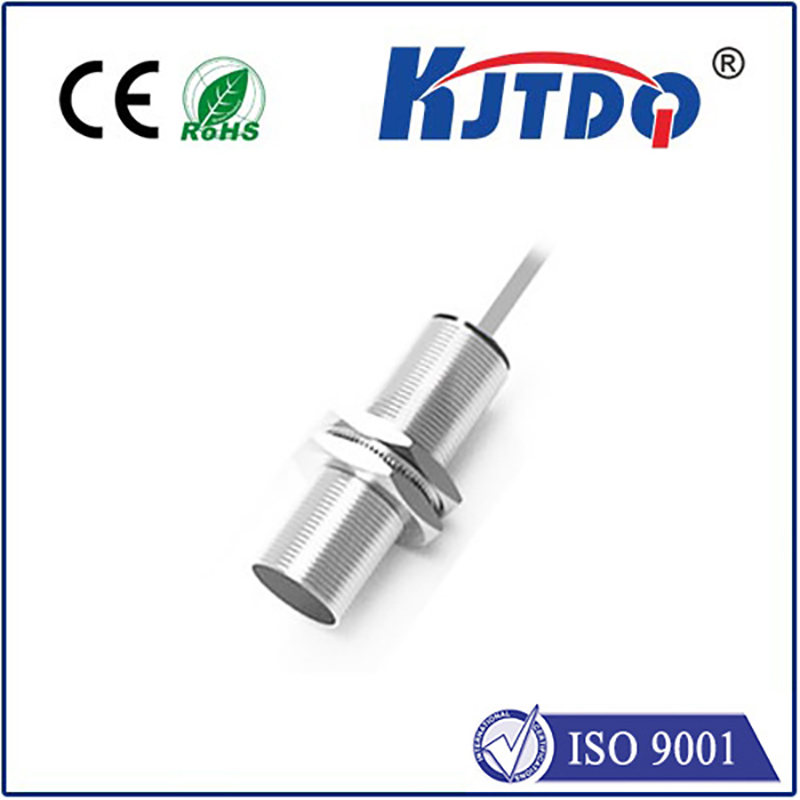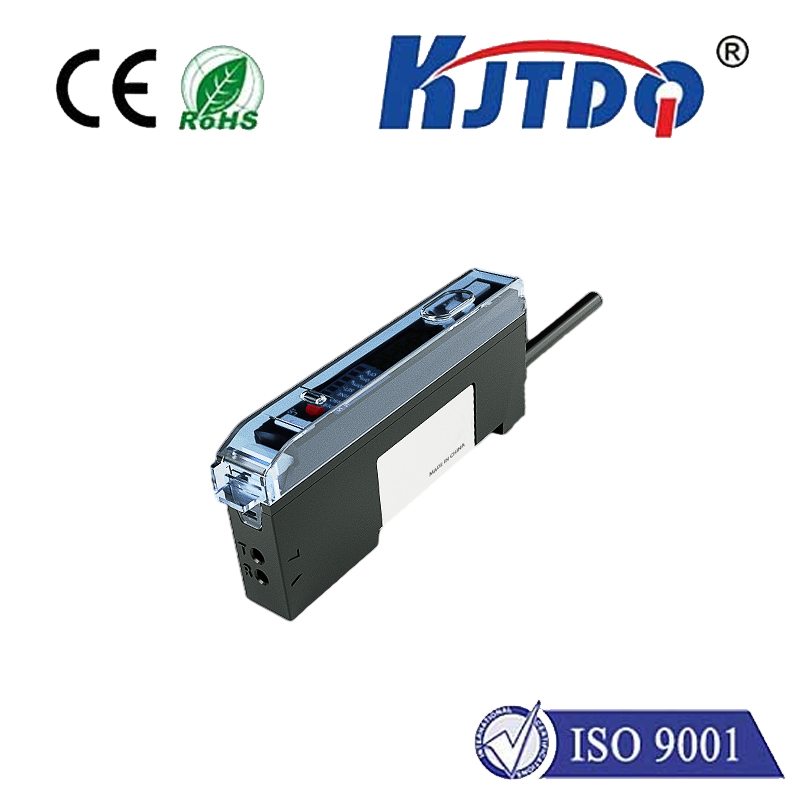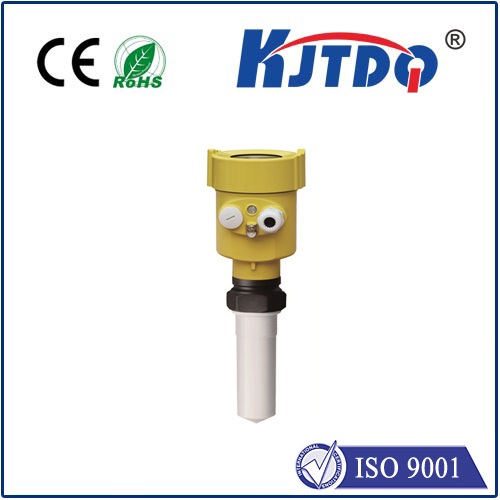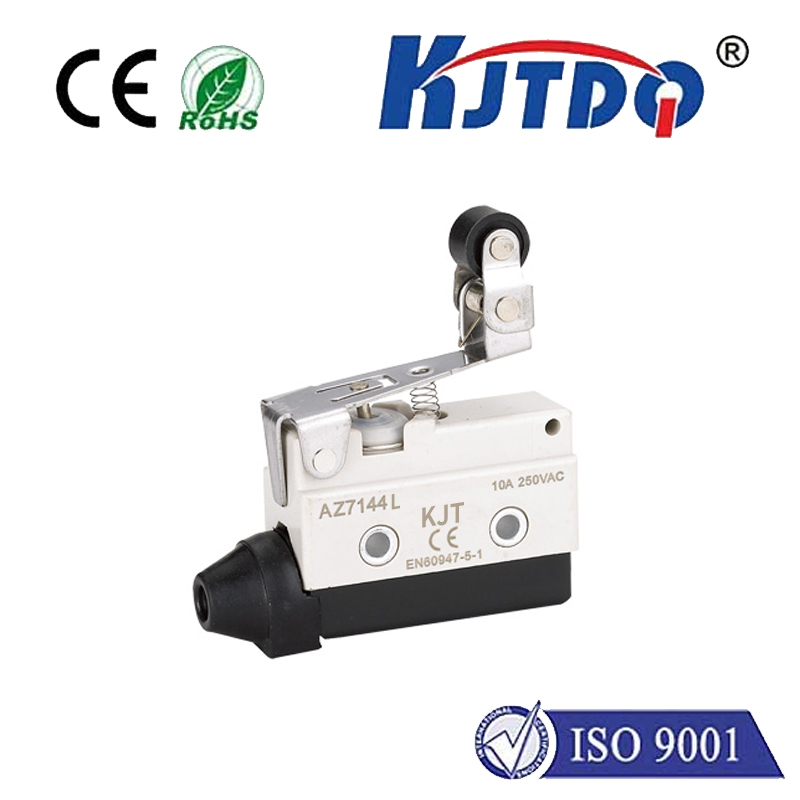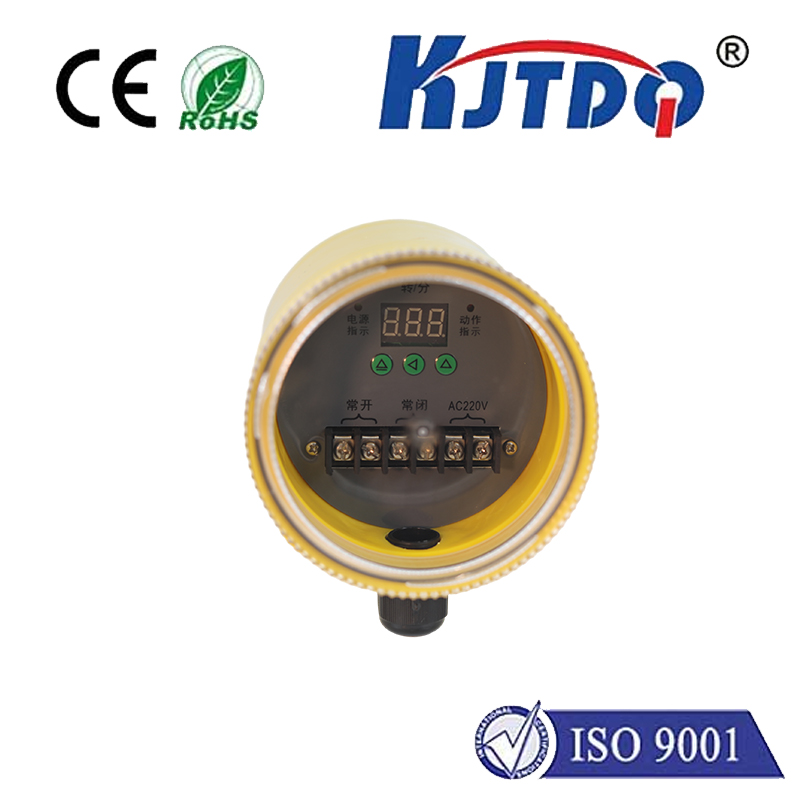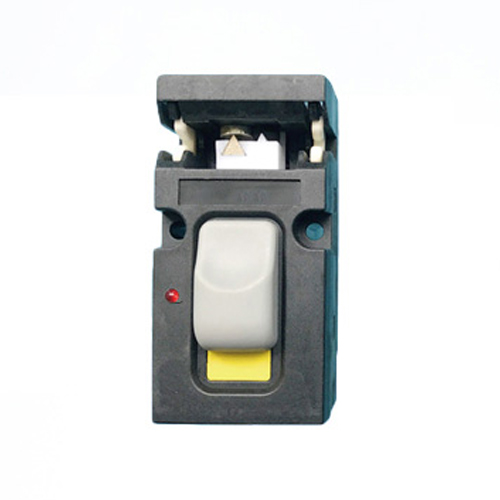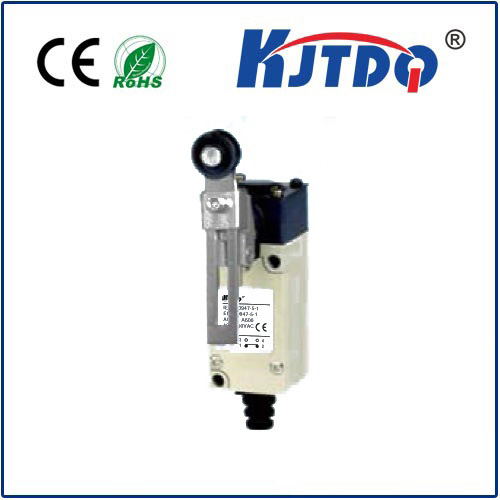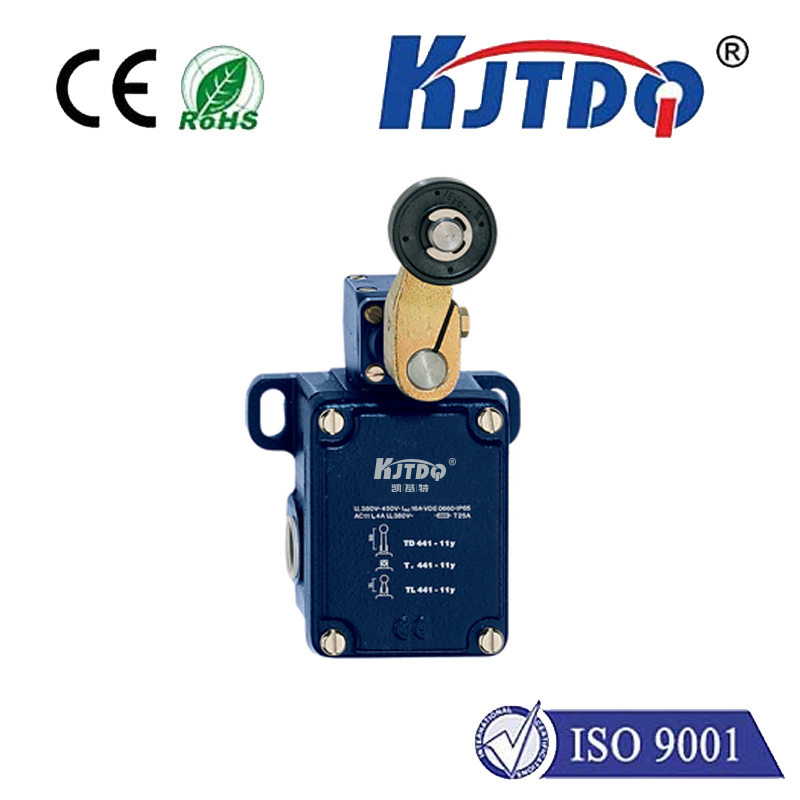Imagine transforming an almost invisible thread of glass into an exquisitely sensitive probe, capable of detecting minute changes in temperature, pressure, strain, vibration, or chemical composition across vast distances. This isn’t science fiction; it’s the remarkable reality enabled by fiber optic sensor technology. Leveraging the fundamental properties of light and the unique characteristics of optical fibers, these sensors offer distinct advantages over traditional electronic counterparts, including immunity to electromagnetic interference (EMI), intrinsic safety in explosive environments, compact size, and the ability to perform distributed sensing over kilometers. But how exactly do they achieve this? Let’s delve into the Принцип работы that makes fiber optic sensors so powerful.
The Core Foundation: Light Propagation in Optical Fibers
The journey begins with understanding the medium: the optical fiber itself. This hair-thin strand, typically made of silica glass or specialized plastic, acts as a waveguide. Its core function is transmitting light via a phenomenon called Total Internal Reflection (TIR). An optical fiber consists of:
When light enters the core at an angle greater than the critical angle (determined by the core/cladding refractive indices), it reflects perfectly off the core-cladding boundary, bouncing its way down the fiber with minimal loss. This efficient light guidance is the fundamental enabler for fiber optic sensing.
The Sensing Paradigm: Interaction is Key
The Принцип работы of all fiber optic sensors hinges on a simple yet profound idea: modify a property of light propagating through the fiber in response to an external stimulus (the measurand), and then detect that change.

The basic setup involves three essential components:
The magic lies in how the external measurand (temperature, pressure, strain, etc.) interacts with the light within or around the fiber, altering one or more of its intrinsic properties:
Sensor Types: Intrinsic vs. Extrinsic
Fiber optic sensors are broadly classified based on where the light-measurand interaction occurs:
Common Sensing Mechanisms in Action
Let’s illustrate this sensing principle with a few prevalent techniques:
Fiber Bragg Grating (FBG) Sensors: An intrinsic sensor. A periodic modulation of the refractive index is permanently written into the core of the fiber. This grating acts like a wavelength-specific mirror. It reflects a very narrow band of light (the Bragg wavelength, λ_B) determined by the grating period and the core’s effective refractive index. When strain (stretching/compressing the fiber) or temperature (changing the refractive index and grating pitch via thermal expansion) is applied, λ_B shifts proportionally. Detecting this precise wavelength shift reveals the magnitude of the applied strain or temperature change.
Interferometric Sensors (e.g., Michelson, Mach-Zehnder): Highly sensitive intrinsic or extrinsic sensors relying on phase shifts. Light is split into two paths. One path acts as the reference, while the other is exposed to the measurand. Changes in the measurand alter the optical path length in the sensing arm, shifting the phase of the light traveling through it. When the two light beams recombine, they interfere constructively or destructively based on their relative phase difference. Analyzing the interference pattern (intensity variations) provides an extremely sensitive measurement of the parameter causing the path length change.
Distributed Sensing (DTS/DAS/DSS): An advanced intrinsic technique where the entire fiber acts as a continuous sensor. Pulses of laser light are launched into the fiber. As the light travels, tiny amounts scatter back towards the source due to inherent imperfections (Rayleigh scattering) or interactions with phonons (Brillouin and Raman scattering). Temperature or strain changes along the fiber alter the characteristics (intensity, frequency shift, travel time) of this backscattered light. By precisely timing the return signal and analyzing its properties, sophisticated systems can pinpoint the location and magnitude of temperature changes (DTS), acoustic vibrations (DAS), or strain (DSS) continuously along tens of kilometers of fiber.
The Unmatched Edge
The fiber optic sensor working principle translates into tangible benefits:
